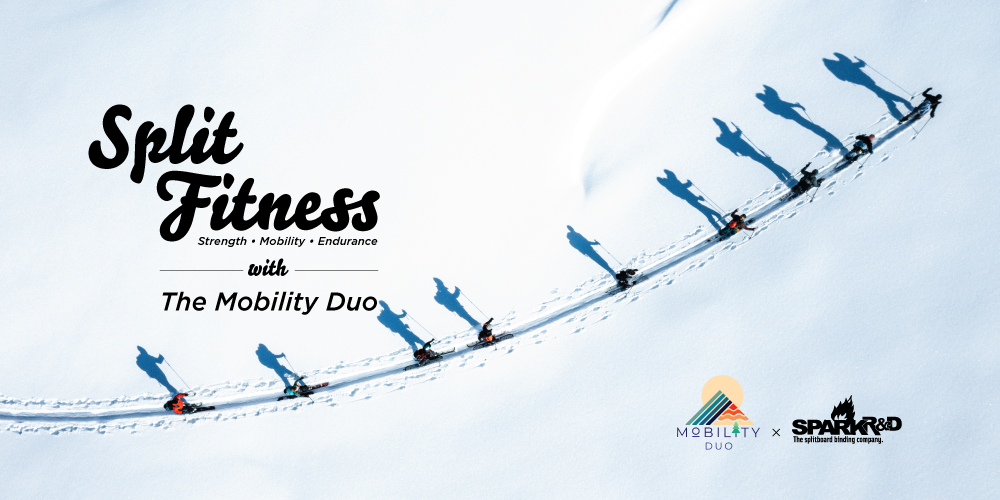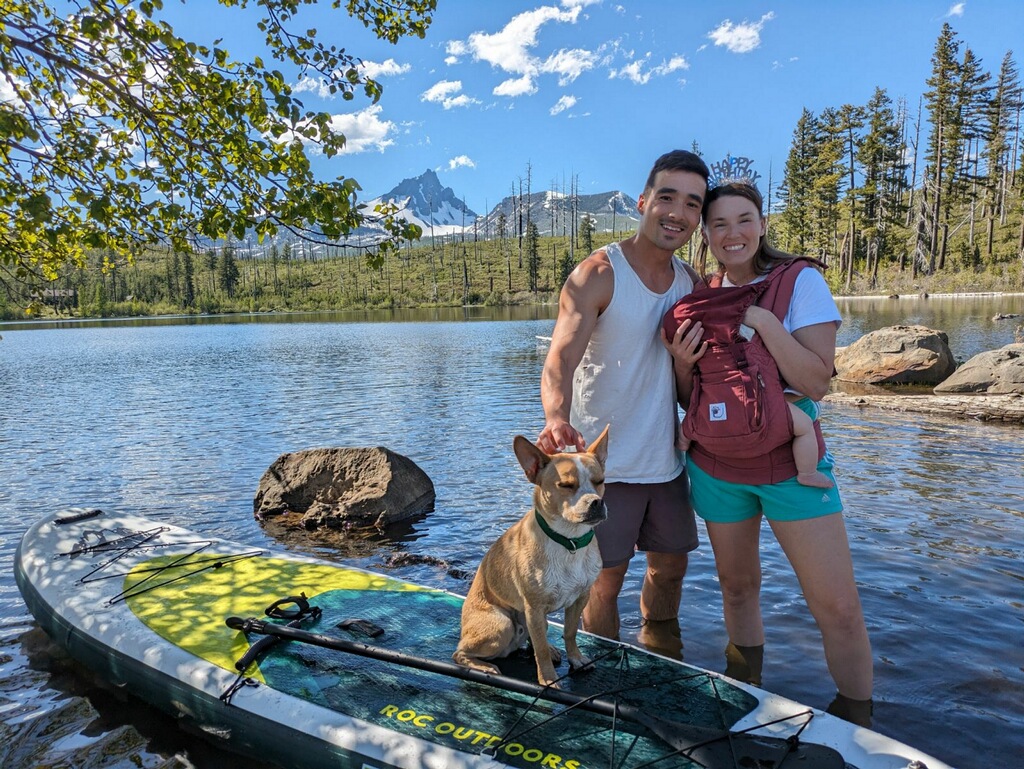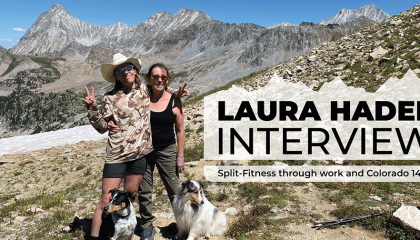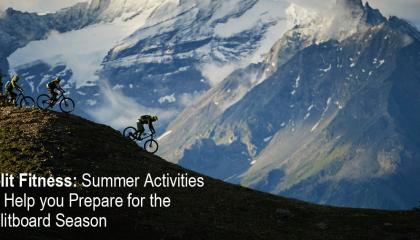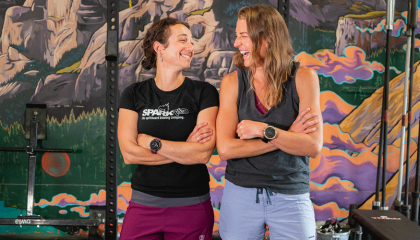The question I routinely get asked is, “how often should I be training in preparation for the season?” This is so challenging to answer because it is very specific to the individual. I always take into account age, training experience, stress, diet, schedule availability, goals, etc. I place a particular heavy importance on schedule and goals. Some key definitions to keep in mind are:
Periodization: Variation of the workouts based on period of year. Building up your routine so you are starting the season at your peak.
Specificity of Conditioning: We want to determine the energy systems utilized in splitboarding and maximize/ mix our training.
Progressive Overload: The body adapts to the stresses placed upon it. Overload through training causes tissues to breakdown and build up again. We want to consistently change our training as the body adapts to grow and prevent injury.
Based on the many variables listed above that impact a training regimen, I hesitate to get too specific. Below are a few general recommendations to think about. If you prefer a more specific plan you can always email the Mobility Duo to discuss your goals or contact a local trainer or exercise physiologist.
Strength Frequency
I recommend sticking to at least 2 days per week of strength training utilizing full body, compound exercises (multi-joint), and HIIT-based.
Aerobic / Endurance Frequency
Due to splitboarding being largely endurance-based, I would follow this protocol of three days per week, 40-60 minute sessions. Try for two that get you comfortably in zone 2 of your max heart rate for a majority of the exercise, and perhaps one that gets you more into zones 2 and 3 for most of the time.
Mobility Frequency
I would recommend utilizing these mobility movements as a dynamic warm-up or post-workout. These can also be completed daily before bed, after waking, or a handful of times per week.
This should provide a great foundation to get your splitboard training started. Working on your strength, mobility, and aerobic fitness will put you in a better position for both short and long days on the skin track. The best thing you can do is start early and build your fitness as we inch towards winter. And remember, you don’t need to make it complicated. If it means going for a simple walk, that’s progress baby! If getting started is your greatest challenge, I always recommend starting with a basic bodyweight routine. Keep it short and sweet and add a few walks through the week.
We are all here for the love of the outdoors, specifically the snowy mountains. I realize as I get older, my responsibilities continue to grow and my free time continues to dwindle. I want to make sure that when I am on the mountain this winter, I can savor every sweet moment without worrying about my body. Invest the time now to prepare and thank yourself this season.
Go get 'em,
Mark


